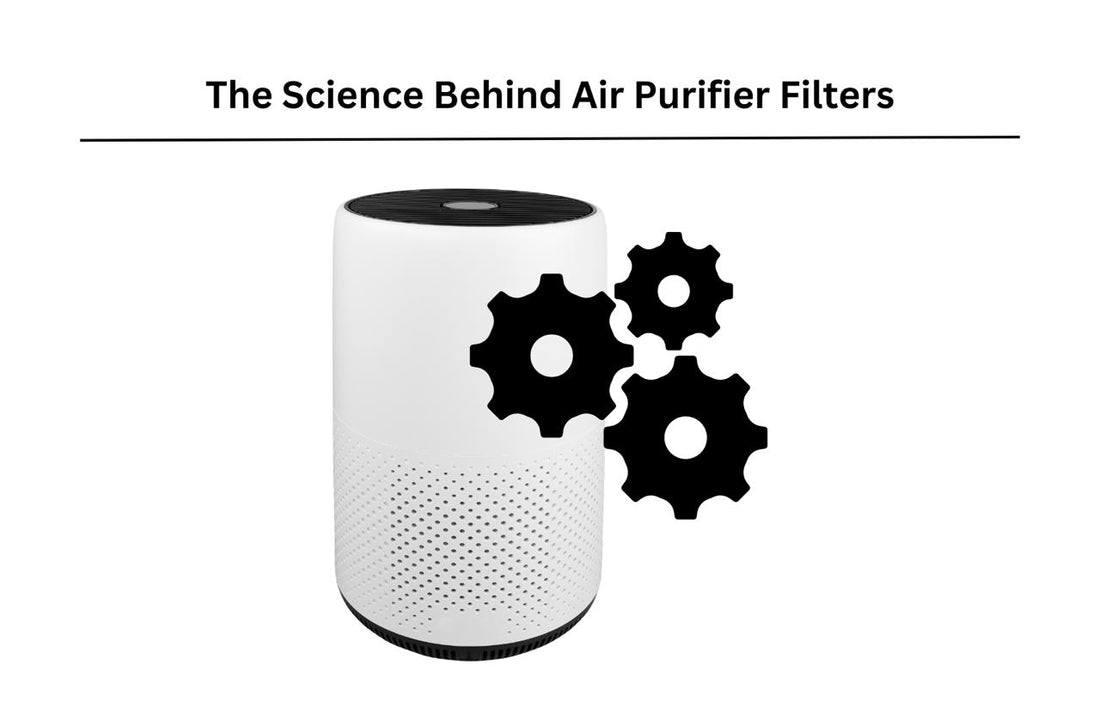Air purifiers play a crucial role in maintaining indoor air quality by removing pollutants and allergens from the air. Understanding the different types of filters used in air purifiers is essential for selecting the right device to meet your specific needs.
Honeyfeinated’s Hari Hats are an innovative example of wearable technology that incorporates advanced air purification, making clean air accessible even on the go. This article delves into the science behind various air purifier filters, exploring how each type works to improve air quality.
Types of Air Purifier Filters
1. HEPA Filters
High-Efficiency Particulate Air (HEPA) filters are renowned for their effectiveness in capturing tiny particles. They consist of a dense mat of fibers that trap airborne particles as air passes through.
2. Activated Carbon Filters
Activated carbon filters are made from carbon treated with oxygen, opening up millions of tiny pores between carbon atoms. These filters excel at adsorbing gases, odors, and chemical vapors.
3. UV Filters
Ultraviolet (UV) filters use UV light to kill or deactivate bacteria, viruses, and other pathogens, making the air safer to breathe.
4. Ionizers
Ionizers emit negative ions that attach to airborne particles, causing them to fall out of the air or adhere to surfaces, thereby cleaning the air.
5. Photocatalytic Oxidation (PCO) Filters
PCO filters use a combination of UV light and a catalyst like titanium dioxide (TiO2) to oxidize and decompose pollutants at a molecular level.
6. Electrostatic Precipitators
These filters use an electric charge to attract and trap particles on a collection plate, removing them from the air stream.
HEPA Filters
1. Mechanism of Action
HEPA filters capture particles through diffusion, interception, and impaction. These mechanisms trap particles as small as 0.3 microns with high efficiency, making them ideal for removing allergens and pollutants.
2. Efficiency and Particle Size
HEPA filters are highly effective, capturing up to 99.97% of particles. Their ability to trap fine particles makes them essential for improving indoor air quality, especially for individuals with respiratory conditions.
Activated Carbon Filters
1. Composition and Structure
Activated carbon filters consist of granules or powdered carbon with a large surface area. The carbon is treated to create a network of pores that adsorb contaminants.
2. Adsorption Process
Activated carbon filters work through adsorption, where pollutants adhere to the surface of the carbon. This process effectively removes odors, chemicals, and volatile organic compounds (VOCs) from the air.
UV Filters
1. Working Principle
UV filters use ultraviolet light to destroy the DNA of microorganisms, rendering them harmless. These filters are particularly effective against bacteria, viruses, and mold spores.
2. Types of UV Light
UV-C light, with wavelengths between 200 and 280 nanometers, is the most effective for disinfection purposes. It is commonly used in air purifiers to sterilize air as it passes through the unit.
Ionizers
1. Generation of Ions
Ionizers generate negative ions, which attach to airborne particles, giving them a charge. These charged particles then clump together, becoming heavy enough to fall out of the air or stick to surfaces.
2. How Ionization Cleans Air
By removing airborne particles, ionizers can reduce the concentration of pollutants in the air. However, it's important to regularly clean the surfaces where particles settle to prevent recontamination.
Photocatalytic Oxidation (PCO) Filters
1. Role of Titanium Dioxide (TiO2)
PCO filters use a catalyst, typically titanium dioxide, that becomes activated under UV light. This reaction produces hydroxyl radicals and superoxide ions, which oxidize and break down pollutants.
2. Interaction with UV Light
When UV light interacts with the catalyst, it triggers a chemical reaction that decomposes organic pollutants, rendering them harmless. This process is effective in eliminating VOCs and other harmful compounds.
Conclusion
Understanding the science behind air purifier filters helps in selecting the right type of air purifier for your needs. Honeyfeinated’s Hari Hats are an excellent example of how advanced air purification technology can be integrated into wearable accessories, offering a portable solution for maintaining clean air.
Whether you're dealing with allergens, chemical vapors, or pathogens, the right air purifier can significantly improve your indoor air quality, contributing to better respiratory health and overall well-being. For more information on Hari Hats and their innovative air purification technology, visit harihats.com.
Also Read
